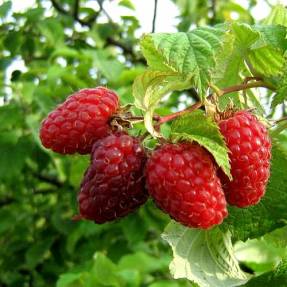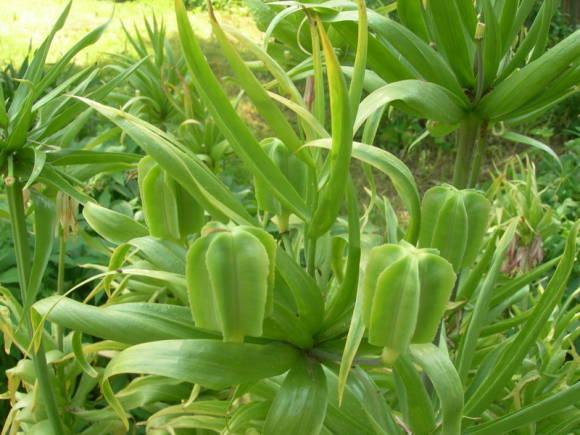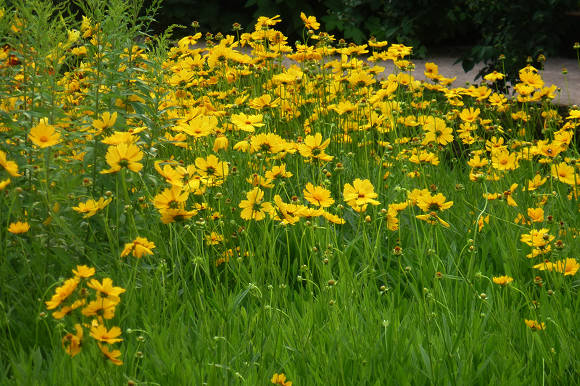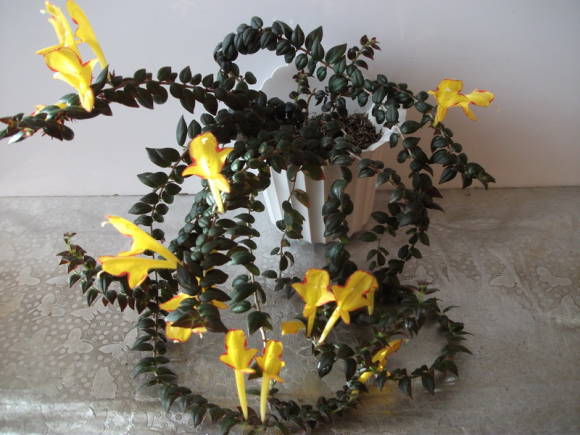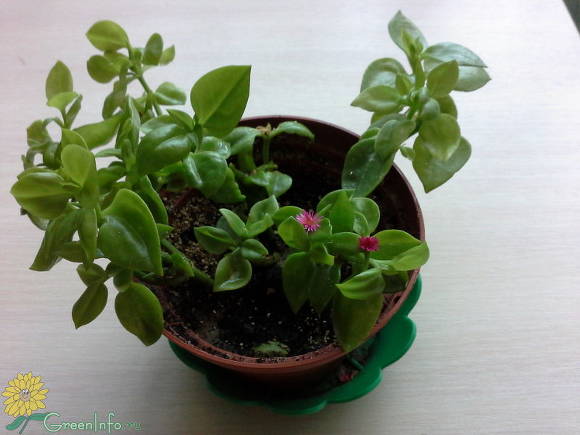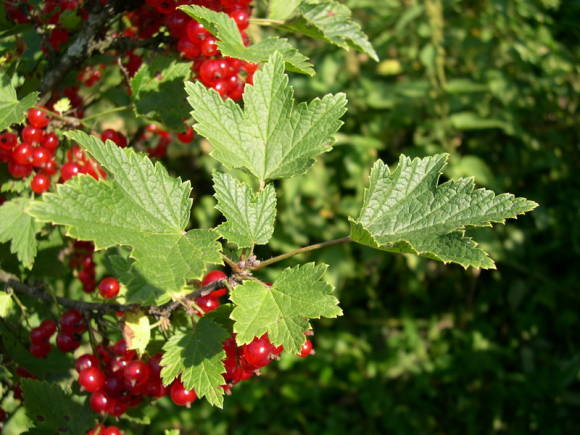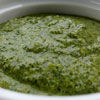
Last year, 2010, I was lucky enough to attend the annual Flower Parade in Holland. And not only to visit, but to personally participate in it. This is, without exaggeration, the largest flower parade in the world. A festive cortege of more than one hundred cars, trucks, buses, tractors, motorcycles, etc. decorated with millions of natural flowers, sets off on a 40 km journey across the entire north-western region of bulb cultivation in Holland.
 |  |  |
The flower festival began a week before the scheduled event. On Friday evening, April 23rd, it entered its climax, when polished and sparkling vehicles, ready for the big event, with floral arrangements on them and huge figures of hundreds of thousands of small flowers and buds, lined up for all to see on the main embankment of the city. Noordwijk, located on the very coast of the Atlantic Ocean. The next day, April 24, early Saturday morning, celebrations began, accompanied by crowds of enthusiastic tourists and numerous correspondents. The festive procession must travel slowly through 9 cities and arrive at its final destination, the city of Haarlem.
 |  |  |
This interesting and very popular annual event is many years old. The first show took place back in 1947, right after the end of World War II, when the population of a destroyed and impoverished country was in dire need of positive emotions. It was then that William van Warmenhoven, a producer and breeder of beautiful Amaryllis from Hillegoma, built the very first hyacinth flower arrangement in the shape of a huge blue whale on his dilapidated truck. Then Mr. van Warmenhoven decorated his truck with several flower garlands and, having driven through several surrounding settlements, put it on public display near his house. The beginning of the great event was laid. A little later, several more nearby settlements joined this event and a small organizing committee was created, which still exists today. According to the organizers' estimates, the flower parade currently attracts an average of about one million tourists and grateful spectators.
 |  |  |
A little about the ancestor of the parade, the town of Noordwijk, about which at first I wanted to write "a small typically Dutch town". For a Russian, it is a town, and for a native Dutchman, it is a fairly large and cozy city, although its main population is only 25 thousand people. The famous resort town in the north-west of Holland stands on the very shore of the blue-blue sea, or rather the Atlantic Ocean, blown by the winds from the good old England, which is located 150 kilometers north and a little to the west, separated by the warm Gulf Stream. The city was founded in 1200, at first just as a fishing village. Until the beginning of the 19th century, fishing was the main occupation of the local population, then the tourism industry began to develop rapidly, but you can still enjoy seafood in the city, for example, delicious shrimp caught right off its coast. In summer, the resort is filled with vacationers from all over the Old and New Worlds, due to the presence of gorgeous sandy beaches, moderately warm waters of the Atlantic and a very decent and professional European service.
 |  |  |
The city is full of hotels for every budget and taste, from VIP class with marinas and helipads on the roofs, to budget and family hotels with only 9-10 rooms, the so-called Bed & Breakfast. It's like living with private traders in our south, only much more civilized and more comfortable, with a TV set and all the amenities. In the morning you will be served a decent breakfast and there will always be fresh flowers on the table for you in the breakfast room.And if you manage to get to know the owners of the mini-hotel well, then it is quite possible that they will organize for you a free tour of the city and the surrounding Flanders are very, very popular. Local folk songs infect with some genuine optimism, although sometimes you catch yourself thinking that some of them are somewhat reminiscent of the German marches of the Second World War.
During this time, especially on weekends, all hotels are overcrowded and must be booked at least one month prior to arrival. On the eve of the annual Flower Parade, the population of the city grows significantly. Therefore, many tourists live in mobile carriages. And although spontaneous camping is formally prohibited in Holland, the authorities temporarily turn a blind eye to this. After all, this brings colossal money to the country's budget! The same applies to other cities along the route of the cortege.
 |  |  |
But let's return directly to the Flower Parade. I was fortunate enough to be a day earlier at a company where almost all mobile flower arrangements, stands and banners are designed. This is about how we used to prepare for the demonstration of workers on May 1. What struck was, firstly, of course, the scale and scale of the event, secondly, the huge size of hangars and refrigerators, where all this is collected and, thirdly, how calmly and harmoniously all services work. A few hours before the start of the holiday, there was no rush or commotion here.
Participation in this event is considered a very honorable and responsible business. Hundreds of schoolchildren, students and local residents participate completely free of charge in the assembly of volumetric figures and inscriptions from hundreds of thousands of tulip buds, muscari and daffodils, millions of small fragrant hyacinth flowers. All this takes place in coolers, very large refrigerators, for better flower preservation. In these refrigerators, of course, not freezing temperatures, but still far from Sochi. The assembly takes place within 3-4 days, while note that crowds of tourists and school trips are walking around. By the way, the entrance for tourists to hangars is paid and costs only 4 Euros.
 |  |  |
I have not yet said what a strong smell there is from hundreds of thousands of daffodils and hyacinths! Try to stay in such a room for at least half a day! Dozens of volunteers work for 2-3 days, regardless of the thick aroma, to the delight of tourists and fellow citizens, so that they are rightfully proud of their beautiful and very hardworking country!
Among the sculptures and compositions under construction, compositions dedicated to Italy, Spain and France, more precisely, its capital, Paris, with its famous Pigalle Square and the equally famous Moulin Rouge cabaret standing on it, stood out especially. And, of course, Keukenhof and Russia with its famous Russian nesting dolls, as well as Azerbaijan and Kazakhstan. Of course, there were a lot of compositions dedicated to the anniversaries of some of the sponsors of the parade or simply with their outspoken advertising. But all this was done unobtrusively and with good taste. Flower compositions were specially prepared for the children, conveying the plots of the famous fairy tales of Hans Christian Andersen and Disney cartoons. Here one could see both mermaids and Poseidon, and various openwork shells made of flowers, crabs, jellyfish, octopuses and, of course, the famous local shrimps. All these are large flower arrangements, moving on special platforms or tractors, disguised as fabulous figures.
 |  |  |
After a short introductory speech by the mayor of Noordwijk, uttered practically from the bucket of a large festively decorated excavator, the procession gracefully lined up in a column and, with short breaks, proceeded to the cities of Voorhout, Sassenheim, Lisse, Hillegom, Heemstede, stopping on the way to the world famous Keukenhof park (Keukenhof ), and only at 21.30 in the evening arrived at the final destination, the city of Haarlem.Why is this route chosen? The answer is quite simple - each of these cities, during the blooming period of spring bulbous plants, is not only overcrowded with tens and hundreds of thousands of tourists who come from all over the world to admire this indescribable beauty, but also boast dozens and hundreds of large and small companies growing the world famous Dutch bulbous plants. and perennials. Many of these firms are well known in our country as well.
 |  |  |
On the way, numerous local orchestras, amateur and professional folk groups, groups of athletes representing local sports clubs, football teams, charitable societies, cultural foundations, etc. are constantly joining the festive cortege. All this is accompanied by beautiful festive music, dancing or exciting acrobatic performances. Naturally, such a large-scale event requires a very clear organization and is scheduled literally by the minute. To ensure that numerous spectators do not miss anything, the schedule is published in advance every year. As a rule, immediately after the arrival of the procession in the next city, a small festive concert begins, often with a welcoming speech from the organizers of the parade or the city administration.
 |  |  |
At the end of the procession on Saturday evening, there is usually a beautiful fireworks display and the festive column remains in Haarlem until Sunday, until 5:00 pm. So its inhabitants and numerous tourists can enjoy this beauty for almost a whole day! On the Internet, I saw several photo reports from different cities along the route of the motorcade, and each author sincerely believed that this parade took place in the city of Sassenheim, Lisse or Voorhout. Well, we can assume that it is so, but in fact it is the same festive procession that followed through all these cities, only at different times. Along the way, only some participants change, the composition of the main column remains unchanged.
The flower parade must also take place along the alleys of the world famous Keukenhof park, located near the city of Lisse, as well as along the famous “Keukenhof Corso Boulevard”. Many people call this annual flower cortege “The Face of Spring”. This year, as always, the park hosted many flower exhibitions, concerts and shows under the general motto "From Russia with Love", to the opening of the season of which Svetlana Medvedeva was invited.
 |  |  |
With this slogan, the international flower exhibition in Lisse appealed not only to a significant part of its Russian-speaking visitors, who are becoming more and more in the park every year, but in general to the great country, which the general director of the exhibition Piet de Vries describes as “huge, amazing and mystical ”- a special country with a special past.
The exhibition featured a Russian romantic garden, typical Russian animals on the playground, and, of course, a typical Russian dacha, warm Russian felt boots and nesting dolls. After all, Russia today is one of the main economic partners of Holland, especially in the field of trade in cut flowers and garden bulbs, conifers and perennials. In the crisis year of 2009, the results of flower trade with almost all the leading countries of the world were very deplorable, and trade with Russia increased by almost 17%!
It is clear that all the "Russian" baths, dachas, huts were presented in the Dutch manner and often looked very funny in our eyes. They still cannot understand Russia with their minds, they are completely different, just as they still have not postponed that Ukraine, Kazakhstan and Azerbaijan are not Russia for a long time, but separate independent states.
 |  |  |
But is the Netherlands only famous for its flowers? Of course not! But how can we do without glorifying the national livestock and dairy industry? Here you will find huge spotted cows and sheep, and hundreds of different varieties and heads of Dutch cheeses, which were generously treated by local producers in beautiful national costumes. Cheese just for every taste - creamy or hard, with spices, herbs and other natural spicy flavors. The cheese is really delicious and peculiar, especially from sheep and goat milk.Of course, the famous Dutch windmills and numerous national genre pictures, patterns and tiles in white and blue tones, somewhat reminiscent of our Gzhel, were widely represented. The female figures in national Dutch costumes, made of multi-colored hyacinths, also looked beautiful. At first, it was assumed that national beauties would travel inside them, but at the beginning of the parade, the heads of the flower beauties were still missing. The girls probably joined the procession a little later.
A separate flower arrangement dedicated to cycling and Dutch cyclists in general attracted attention. After all, this is a peculiar lifestyle of almost all, without exception, Dutch. In the morning and at the end of the working day, you can see just hundreds of cyclists hurrying to work, study or just on business in any weather. Only in this country are there red asphalt paths for cyclists everywhere, with clearly visible markings from a distance. Only in Holland, schoolchildren with teachers in their entire class en masse go on excursions on local lore on bicycles. And only in this country, during the period of mass migration of frogs and other animals, municipal roads are blocked at night to preserve their population!
 |  |
There are even bike tours in Holland for everyone to enjoy the blooming fields of tulips, daffodils or muscari. After all, these fields stretch far, far, almost to the very horizon! Or even special orienteering routes. Kill two birds with one stone - go in for sports and enjoy the beautiful scenery. And can you imagine how beautiful whole fields of multi-colored hyacinths or bizarre imperial frittillaria look! And what a scent there is! Probably, even this heavy musky smell can get used to over time. After all, people work in these fields, and even live around them!
In all nearby cities on these holidays, exhibitions of flowers, floral arrangements and panels, all kinds of paintings and crafts, somehow related to this beautiful business, are necessarily held. Many artists, amateur and professional orchestras, groups of dancers and musicians consider it an honor to be invited to participate in these large-scale events. The celebrations take place exactly on the eve of the birthday of the beloved queen-grandmother in Holland, which is called Queensday in Holland. The whole of Holland turns bright orange overnight, and the mass festivities continue until late at night! So the Flower Parade can be considered a dress rehearsal before this famous and beloved Dutch national holiday.
 |  |  |
 |  |  |
A few words must be said about the numerous cars, buses and motorcycles participating in this event. These are antique Maseratti, Opel, Fiats, and Buicks, beloved by the Dutch. These are modern Bavarian cars, as well as cars from Sweden, Japan or not very distant foggy Albion. Motorcyclists with passengers could be found far beyond the convoy, on the streets. Floral arrangements on them delight with an abundance of bright chrysanthemums, roses, lilies, a wide variety of cymbidiums, antirrinums, as well as foxgloves, blueheads, bright orange strelitzia and even dried hogweed stems, which are more rare for this time of year!
 |  |
I was fortunate enough to speak with one of the main protagonists of this annual celebration, Mrs. Margriet van Dam, as well as with the President of the Dutch office of Van Bourgondien, Peter van Eyden. I asked them a very simple question: "When will you start preparing for the next Flower Parade?" And I got the answer: "Tomorrow."Then Mrs. Van Dam thought a little and smiled, said: “Of course, we will rest for a day or two and immediately start preparing for a new holiday, the date of which is already known - April 16, 2011. The work, of course, is colossal! The venue, the route of the event and the schedule are already familiar to you, Mrs. van Dam added with a smile. We are pleased to invite all your friends and compatriots to this flower holiday! "
Actually, I join their invitation! All this beauty cannot be expressed in words, it is better to see everything with your own eyes at least once! I promise you that you will not regret it and will tell everyone about this event for a long time!
